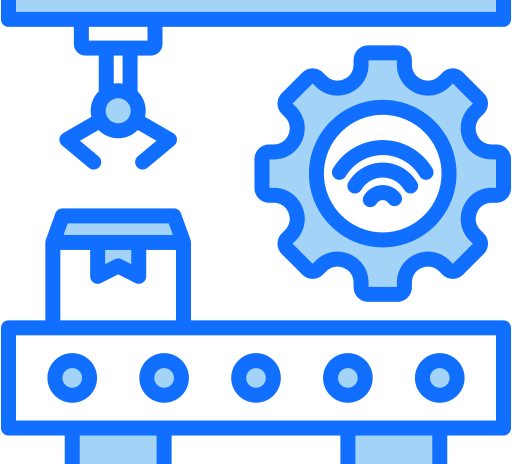In the field of industrial automation, sensors and measuring devices act as the eyes and ears of the system. Their primary function is to capture and transmit information from the environment and the production process, covering variables such as temperature, pressure, level, flow, position, and speed. This information is transformed into electrical signals that are sent to control systems, such as PLCs or computers, for analysis and subsequent decision-making. The precision and reliability of these devices are essential for the optimal functioning of the entire automated system.
Actuators, on the other hand, represent the muscles of the system. Their task is to receive signals from the control systems and convert them into concrete physical actions, which can include the movement of a robot, the opening or closing of a valve, the turning on or off of a motor, or the adjustment of the speed of a conveyor belt. The choice of the appropriate actuator—whether pneumatic, hydraulic, or electric—will depend on the specific needs of force, speed, and precision required for each task.
The Internet of Things (IoT), in its industrial application known as IIoT, connects all these devices (sensors, actuators, machines, and control systems) via the internet, enabling massive real-time data collection, remote process monitoring, remote fault diagnosis, and seamless communication between different systems. The connectivity provided by the IIoT is essential for enabling advanced analytics and optimizing production.
Finally, Artificial Intelligence (AI) is taking on an increasingly crucial role in industrial automation. By analyzing the large volumes of data collected by sensors and through the IIoT, AI algorithms are able to identify patterns, predict equipment failures (through predictive maintenance), optimize production processes in real time, and improve product quality through computer vision. Furthermore, AI opens the door to the autonomous operation of certain systems, taking automation to a new level of intelligence and adaptability.
